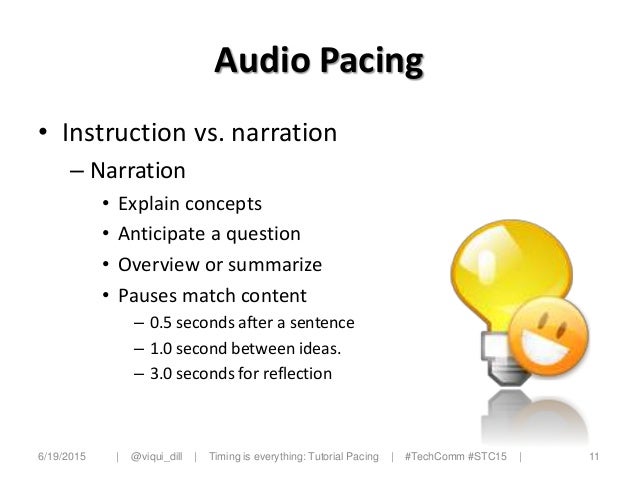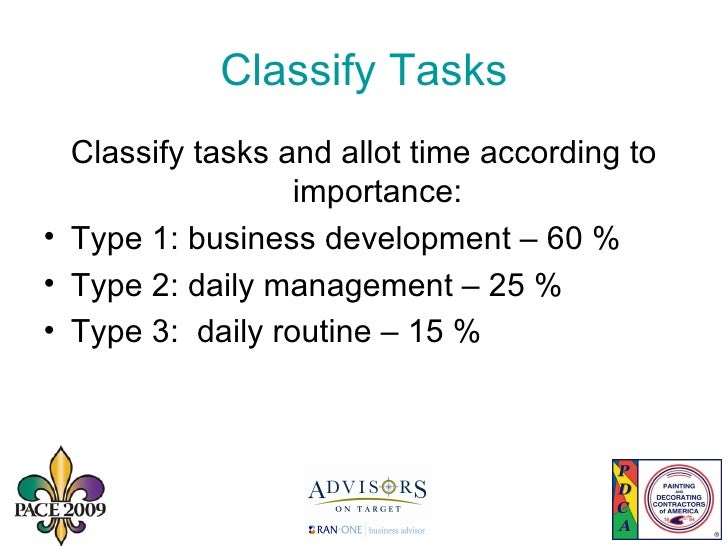
This can mean that activities have to be limited and structured per day such as washing one day and cooking the next. It also means activities have to be stopped (sometimes abruptly) before they are completed, which can be frustrating and difficult to master. Patients have to learn to recognize symptoms of post-exertional malaise and reduce their activities in time, in order to avoid relapses. This requires an understanding of the relationship between symptoms and exertion.

The aim of pacing in ME/CFS is to remain as active as possible while avoiding the relapses resulting from overexertion. The principles of pacing Stop before you overdo it “Pacing is an active self-management strategy whereby individuals learn to balance time spent on activity and rest for the purpose of achieving increased function and participation in meaningful activities.” “Activity pacing is the regulation of activity level and/or rate in the service of an adaptive goal or goals.” “introducing tasks in a graded manner, in order for the client to build skills, confidence and tolerance for the activity, so that activity levels can be increased” “Activity pacing consists of (a) changing position to time, (b) taking frequent short rests, (c) breaking tasks into manageable bits, (d) alternating positions and tasks frequently, (e) slowing down, and (f) increasing activity amounts gradually.” “Pacing involves breaking down activities into smaller steps, resting between steps and doing small amounts regularly rather than a large amount of activity in one go.”

This form of pacing is quite dissimilar and sometimes even contrary to the form of pacing used in ME/CFS.ĭefinitions of pacing used in the chronic pain literature Pacing means doing things “slow but steady”, by splitting up activities in smaller parts, and without discontinuation if the patient is having a bad day. Although the principles of operant conditioning are no longer central, in the chronic pain literature pacing still frequently refers to a planned and gradual increase of activity levels. Often a task was broken up into manageable parts or quotas so the patient can go forward step by step with breaks in between. In this context, pacing referred to the careful planned route, based on positive reinforcements instead of the fear of pain, to reach those goals. Fordyce’s main idea was that chronic pain patients shouldn’t be directed by their symptoms but by plans, goals and targets. First described by Wilbert Fordyce in 1976, pacing referred to a time-contingent and gradual increase of activity levels. Pacing is however more frequently used in the context of chronic pain where it has a background in operant conditioning. Energy conservation includes balancing activity and rest, setting priorities, delegating tasks and using assistive devices such a wheelchair. This form of energy management is similar to the principles of pacing used in ME/CFS. In the first, pacing is used in the context of energy conservation, a common element in the treatment of autoimmune and neurological disorders such as rheumatoid arthritis or MS. The term pacing has a longer history in the management of other chronic conditions, though its meaning is ambiguous. A decade earlier ME-expert Melvin Ramsay had written about the benefits of implementing sufficient rest periods: "One can hold out no specific cure for the illness but advice should immediately be given that they adapt their lives to a quieter tempo and take adequate periods of complete rest after physical exertion." In other conditions Around the same time, Leonard Jason, a professor of psychology at the University of Chicago who also suffered from a post-viral fatigue syndrome, developed the envelope theory along the same principles of energy conservation. In the 1990s pacing was promoted in factsheets by various ME-groups in the UK. This resulted in many unnecessary relapses. In order to prevent these, Goudsmit worked out her own approach into an advice that could be used by others.
#TIMING SYNONYM PACING TEMPO HOW TO#
Patients were forced to discover through their own frustrating experience how to stay as active as possible within the limits the disease had imposed upon them.
#TIMING SYNONYM PACING TEMPO TRIAL#
Health psychologist Ellen Goudsmit had suffered from post viral syndrome herself the decade before and noticed how patients had to learn through trial and error how to pace themselves. Pacing was developed as an energy management strategy for ME-patients in the UK in the 1980s.




 0 kommentar(er)
0 kommentar(er)
